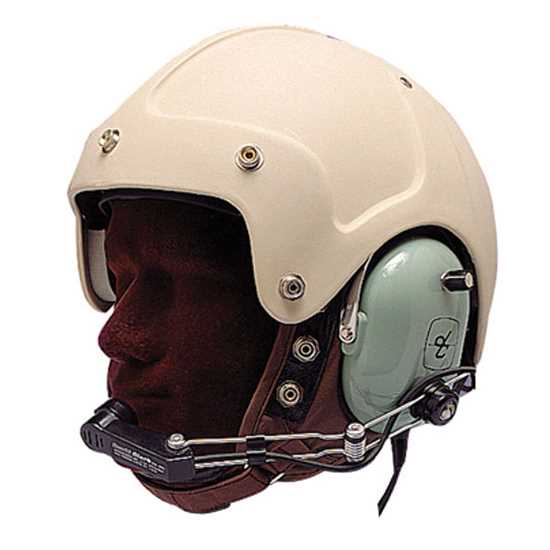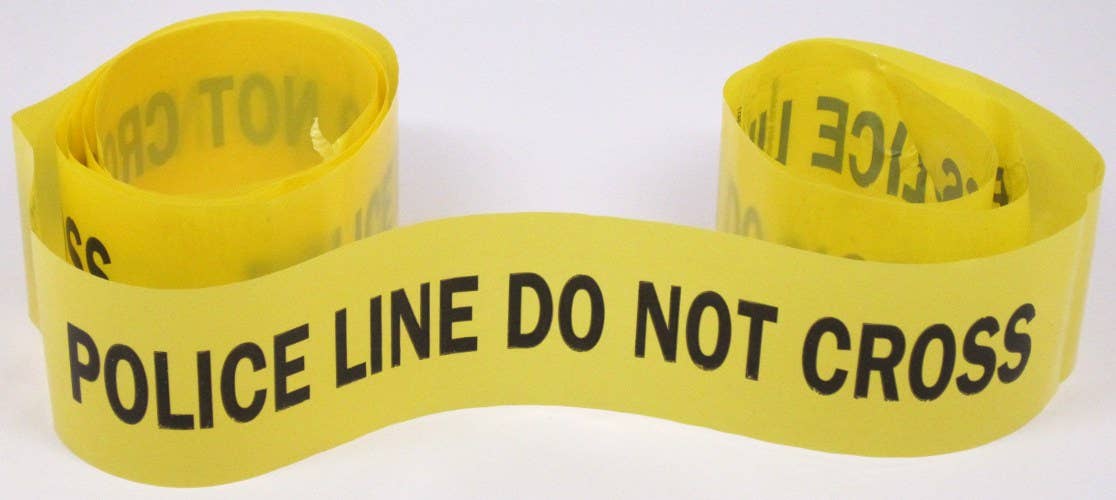The Case For Flight Helmets
A flight helmet doesn’t look ridiculous in a Stearman, why should it in a Cirrus? Maybe because the more sophisticated an airplane is, the less likely you think you are to crash it.

A few years ago, I had a friend stay overnight and when I showed him the guest bedroom, his immediate reaction: “Wow, you do a lot of sports that require helmets.” And there they were lined up on the shelf, helmets for motorcycling, bicycling and skydiving. My welding helmet was in the garage. I do not, however, have a helmet for flying. And I don’t have a particularly cogent explanation for that. I just never got around to it. Maxime Compagnon’s YouTube crash video, which we’re featuring this week, has caused me to rethink this. He crashed at high elevation in the Austrian Alps after maneuvering to avoid striking a wire.
People who wear helmets of any kind, I have observed, do so for varying reasons and safety doesn’t necessarily bubble to the top. There’s no way, for example, that I’ll get on a motorcycle without a full-face helmet. Except … I did once, and fairly recently. I was shooting some technical video for Harley Davidson that required me to ride a Heritage Classic model. I was at a dealer in another part of Florida and they had no full-face helmets, just the open face that cruiser riders all but universally favor because it looks right. It’s a cultural thing. Never mind that an open face helmet provides none of the face protection you may desperately need if fate dictates that jaw and pavement become as one.
The skydiving version of this is the so-called Frap hat, a useless confection of leather or fabric with inconsequential padding that was once considered an essential fashion statement. You rarely see them anymore and when one appears, it merits comment and usually not admiration. The aviation version of this is the tight-fitting fabric helmet aerobatic and open cockpit pilots often wear as an update to the legacy leather helmet. They offer little impact protection but serve to keep a headset secure during high-G maneuvers. I’ve worn them from time to time but don’t like them much because they don’t help with noise in the noisy airplanes they’re likely to be worn in, like an Extra.
But there are flight helmet choices out there that are worthy of consideration. Aircraft Spruce has quite a selection of these and since I’ve worn only one, my intent here isn’t a market survey of these products but a consideration of this question: Why? It relates a bit the Harley cultural thing of what looks right. A helmet might fit right into a Super Cub, a Husky or even an X-Cub. But wouldn’t it look a little ridiculous in a Cirrus or a TBM? Depends on whether the engine is still running at 2000 feet perhaps. If you had one in such a circumstance, you probably wouldn’t stand on ceremony and you’d put it on.
To me, the measure is crashworthiness. Old traildraggers aren’t, new-age Cirri, Diamonds and Pipers are. So in not considering a helmet, you’re putting your faith in a low likelihood of needing it—and that’s not misplaced confidence—or of the aircraft protecting you if you do. Again, on a probability basis, that’s not misplaced. I’ve never been able to develop data on head injury incidence because the NTSB doesn’t include detailed autopsy reports in accident data. It could be a low or high incidence. I can’t make an argument with data, pro or con.
Perhaps a better metric is the kind of operation you’re doing. If you’re flying IFR from A to B, you’re doing training or otherwise using the airplane in benign circumstances, that’s one thing. But if you’re flying a lot of STOL or outback operations, as Maxine Compagnon was, that’s something else entirely. In this case, there’s a high likelihood of upending the airplane or otherwise coming to a violent conclusion; a helmet would be a smart addition to the flight kit.
The helmet I’ve used is the David Clark K-10. It was in a biplane, either a Stearman or Waco, I think, and was comfortable and quiet. No face protection but some impact protection similar to the cranials Navy crews wear around flight operations. I remember thinking that for $400, it’s not particularly expensive and would look perfectly appropriate in a Cub. I made a note to myself to see if the K-10 would accommodate a Bose or Lightspeed headset, but I never got to it. Maybe that’s a 2022 project.
Compagnon makes another point worth considering for flight survival: A basic survival vest. These days, we all assume that a cellphone will be the magic ticket out of distress, but as he notes in the video, he lost his. What he didn’t lose was a 406 MHz PLB, which he had wisely stowed in his vest. He and his companion were badly injured and the PLB summoned help in about 20 minutes. That would make a $300 PLB a bargain at three times the price. Again, whether the vest is practical depends on the flying you’re doing. I always wore one when flying over water and occasionally over wilderness areas or at night. It may feel like overkill in an airplane with posh leather seats, AC and cupholders, but these airplane crash as easily in the boonies as old taildraggers hauling fishermen out of remote lakes.
The consideration might be less vest or no vest, but asking yourself if you carry anything anywhere in the airplane to enhance survival. Like basic signaling, first aid, water, PLB, portable radio, survival tools and so on. If the answer is no, you might, as a 2022 resolution, ask yourself why.
Update: Thinking about this further, I was dismissive of what data exists on light aircraft injury mechanisms. There actually have been several studies. I thought this one was too shallow to draw useful conclusions, but I left it open on my desktop and a closer read suggests some informative data. It's confounded somewhat by including commercial aircraft and skydiving, whose higher injury rate is biased toward lower extremity injuries.
Although the data is old, this one focussed narrowly on GA crashes alone. Its summary says, "The most commonly occurring bony injuries were fracture of the ribs (72.3%), skull (55.1%), facial bones (49.4%)." The data was drawn from autopsy reports and suggests that head injuries, if not always the fatal mechanism, are nonetheless common.






